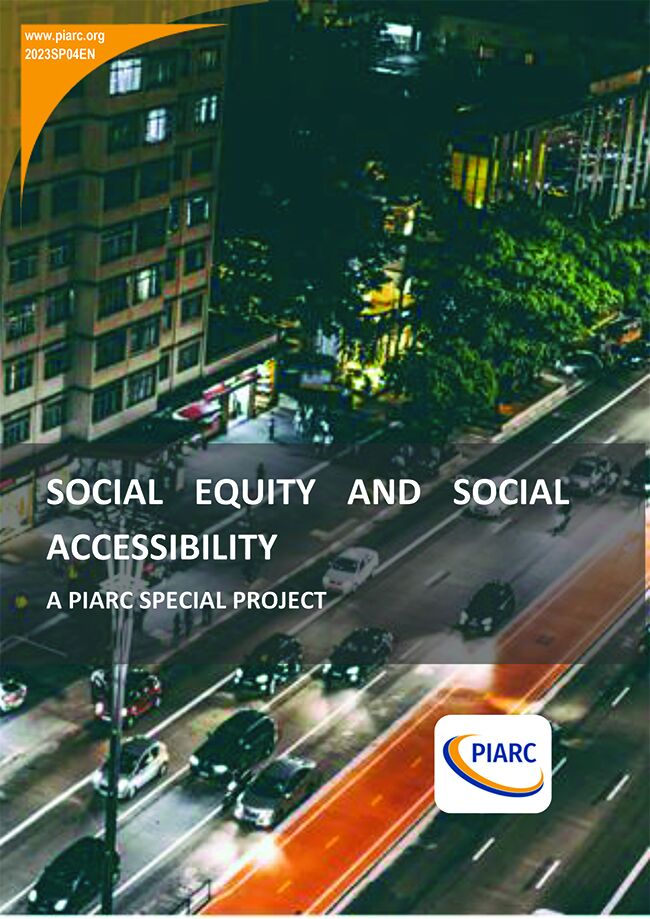Social Equity and Social Accessibility

PIARC - World Road Association has established a Special Projects mechanism to respond to emerging issues and priorities identified by its members. In response to this call, this project addressed the issue of ‘Social equity’ and ‘Social accessibility’ for transport projects. The project aimed to capture and analyse the current status quo in terms of how Road Authorities are currently managing social accessibility through their road infrastructure and services, whilst implementing this in the most socially equitable manner possible.
A systematic literature review has been undertaken to identify the existing approaches associated with equity and accessibility. The literature review was monitored to ensure good balance between High- (HIC) and Low- and Middle- income countries (LMIC). A total of 19,386 articles was reviewed. A questionnaire and set of interviews were designed by incorporating viewpoints and comments from the PIARC and Project Oversight Team (POT). The questionnaire and interviews were designed and conducted as such to ensure an appropriate balance between HICs and LMICs. Through the analysis process, the project identified significant observations and best practices through 21 identified case studies.
The findings from this report highlights the need for different requirements of HICs, LMICs when dealing with equity and accessibility issues in the transportation sector. This has been mostly related to the levels of standards desired by different countries as far as equity and accessibility are concerned, but also the affordability of these levels by countries considering available human and economic resources. For HIC (or global north) approaches to equity can be broadly framed as adopting a vertical equity approach (i.e., more targeted - though there are of course variations). For Lower-Middle- (Lower-MIC) and Low-Income Countries (LIC) the approach was predominantly one of Horizontal equity (i.e., more universal). The case of Upper Middle-Income Countries (UMIC) is more variable with some elements of Horizontal and Vertical.
The authors recommend that PIARC reviews its current definition of accessibility to include explicitly principles of social equity and social accessibility based on the findings and experiences emerged from this project.
Information sheet
- Date: 2023
- Author(s): PIARC
- Domain(s): General
- Type: 2023SP04EN - A PIARC Special project
- PIARC Ref.: 2023SP04
- ISBN: 978-2-84060-755-7
- Number of pages: 303